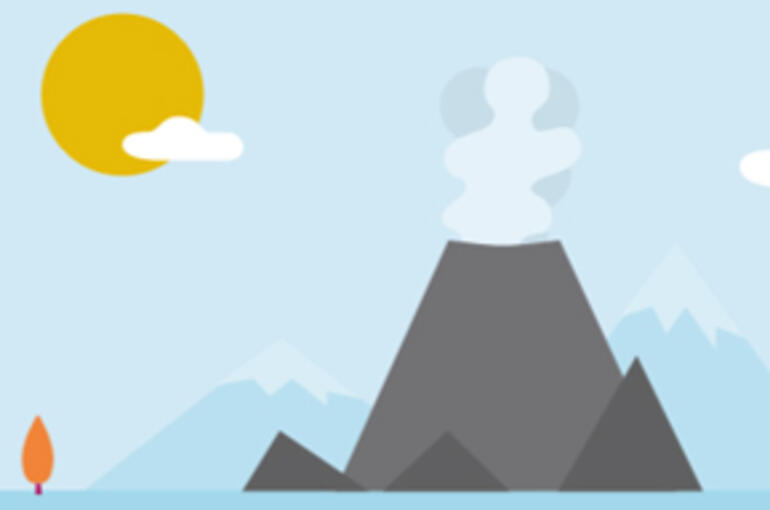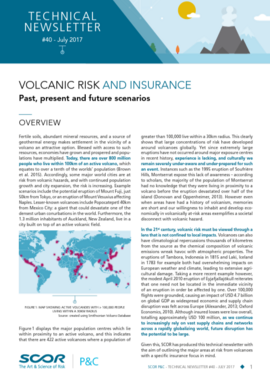- FR
- EN
VOLCANIC RISK AND INSURANCE
The risk of a volcanic eruption close to a major world city is increasing. Is the reinsurance industry prepared for the potential losses?

Fertile soils, abundant mineral resources, and a source of geothermal energy makes settlement in the vicinity of a volcano an attractive option. Blessed with access to such resources, economies have grown and prospered and populations have multiplied. Today, there are over 800 million people who live within 100km of an active volcano, which equates to over a tenth of the worlds’ population (Brown et al. 2015).
Accordingly, some major world cities are at risk from volcanic hazards, and with continued population growth and city expansion, the risk is increasing. Example scenarios include the potential eruption of Mount Fuji, just 50km from Tokyo, or an eruption of Mount Vesuvius affecting Naples.
Lesser-known volcanoes include Popocatepetl 40km from Mexico City: a giant that could devastate one of the densest urban conurbations in the world. Furthermore, the 1.3 million inhabitants of Auckland, New Zealand, live in a city built on top of an active volcanic field.
We need to remember that two very significant eruptions occurred only 233 years ago (Laki, 1783-4) and 202 years ago (Tambora, 1815), with major respective regional and global impacts. Oppenheimer (2015) states that “the future will undoubtedly see eruptions as large as Tambora, and a good bit larger still”. Will the insurance and reinsurance industry will be prepared for the losses that will result when the next major event happens?

